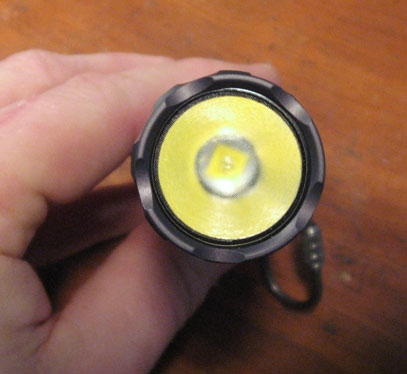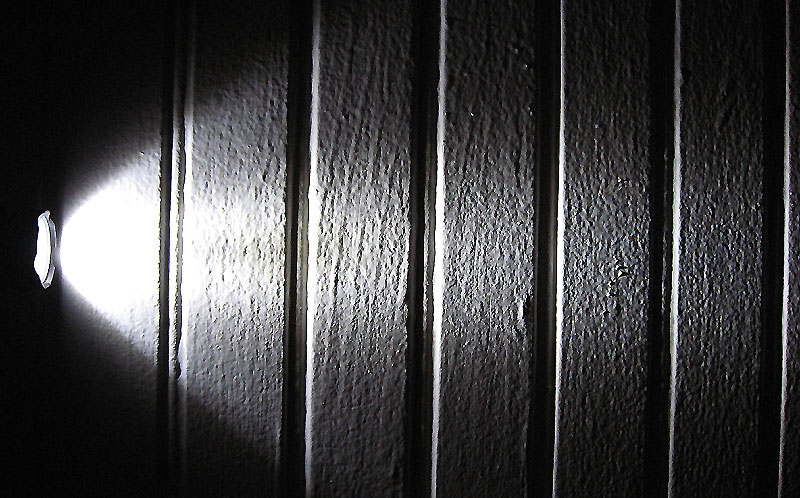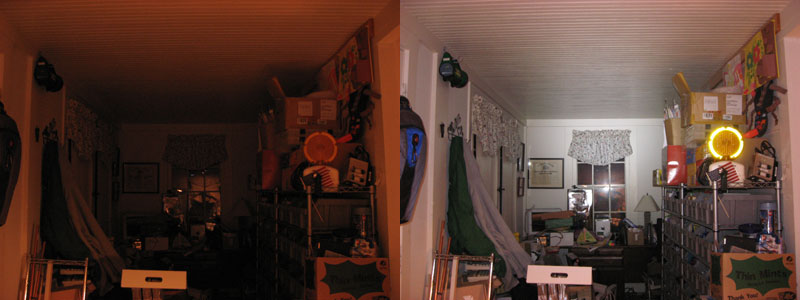It is often forgotten that with LEDs, there is less reflector loss since ALL of the light is being projected on the frontal "plane" so to speak. Incandescent bulbs suffer from increased reflector losses due to light being lost "out the back" and more of the light having to make it's way out by means of reflecting off of the reflector rather than just coming out the front. The general rule of thumb for incans in a reflector is 35% loss, for LEDs it seems that 20% loss is more realistic for most reflector designs, with many designs achieving 90% or better transmission efficiency through the use of optics. Point being, that a "625" emitter lumen LED light is pretty close to a solid 500 torch lumens, whereas a incan needs more like 770 bulb lumens. However, many applications will favor the increased contrast provided by a incan bulb, in which case less lumens may prove to be more useful than a high lumen rated LED light...
When reading the original post here, my interpretation is that if you can think of a pretty small light (pocketable, give or take) that is in that 500 lumen ballpark, it should be listed here and possibly discussed. The way I see it, lumen "requirements" should never be discussed as a specific number, but as a "ballpark." In reality, any light with somewhere between ~350 and ~1000 emitter/bulb lumens can be discussed as being in that 500 lumen "ballpark" because the total output is rarely the most important once you have defined a range, more important is the beam pattern for the intended application, combined with user interface, size, and runtime. In reality, modern "500 lumen" pocket rockets are going to have a floodier beam profile and there is no getting around that until they cram more of those lumens into a single die. So if reaching out and lighting up something at a distance is important, then there is not necessarily any need for that 500 lumen option since it's going to be floody in a small form factor, a "250" lumen single die light would be far more practical (like with a cree R2).
What's amazing is, just a few years ago, the concept of a 2xCR123 size light pushing into this category of illumination was pretty much inconceivable, and now we have a whole LIST of options that are in this ballpark. If things continue at this rate, the concept of multi-thousand lumen flashlights in the EDC-pocketable category will be reality soon.
Anyways, I'll quit my yappin

Eric
 Help Support Candle Power Flashlight Forum
Help Support Candle Power Flashlight Forum







